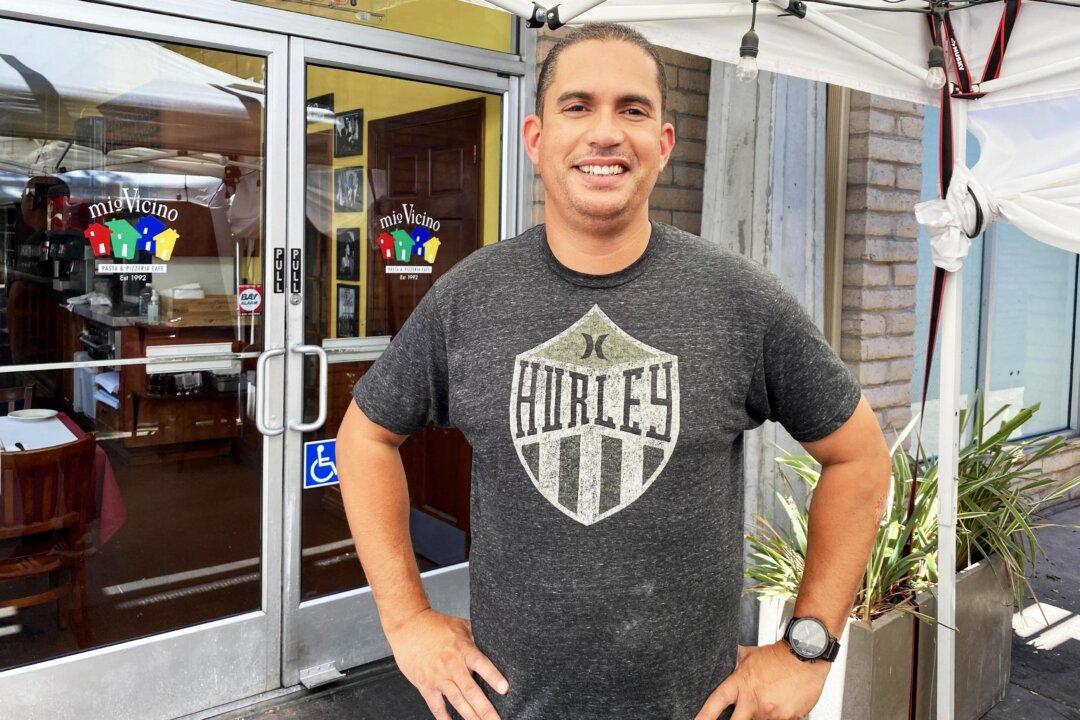Americans in states that have imposed some of the most protracted and severe pandemic lockdowns are finally enjoying some level of normalcy. While the lifting of restrictions has brought a growing sense of relief, it’s clear the lockdowns have left a deep scar.
Virtually all states imposed restrictions on businesses in response to the spread of the CCP (Chinese Communist Party) virus last year. While it remains unclear how much the lockdowns mitigated the spread of the disease, some states have been slower to relax and remove their restrictions than others.





